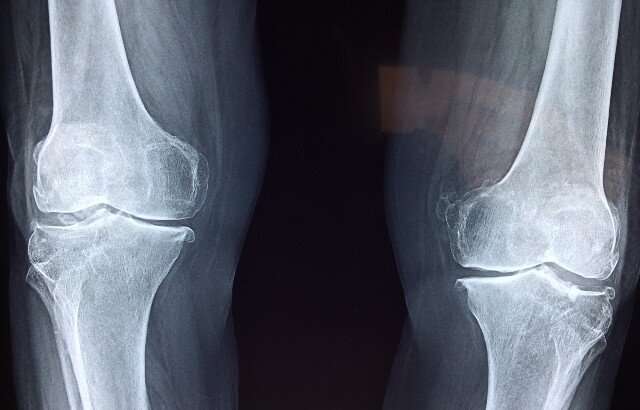
New research by Queen Mary University of London and the University of Southampton’s Medical Research Council Lifecourse Epidemiology Unit (MRC LEU) has found associations between lower bone mineral density and worse cardiovascular health in both men and women.
Published in the Journal of Bone and Mineral Research, the study used the internationally unique UK Biobank cohort to investigate links between bone and cardiovascular health. They used a combination of imaging and blood biomarker data to investigate the relationship in the largest sample of people reported to date.
Osteoporosis and heart disease are important public health problems. These conditions share a number of risk factors such as increasing age, smoking, and a sedentary lifestyle. Research shows that there may be links between the two conditions even after accounting for shared risk factors. This suggests that there may be biological pathways linking the two conditions, and investigating these links could reveal targets for novel drug therapies. However, current research studies lack objective measures of bone and heart health and are often limited to studies of small numbers of people for relatively short periods of time.
The researchers found that lower bone density was linked to greater arterial stiffness (indicating poor cardiovascular health) in both men and women. They also found that individuals with poor bone health had an increased risk of dying from ischaemic heart disease. These links were not explained by shared risk factors or traditional cardiovascular risk factors. Interestingly, they found that the mechanisms underlying the bone-heart relationship appeared different in men and women.
Dr. Zahra Raisi-Estabragh, BHF Clinical Research Training Fellow from Queen Mary University of London, led the analysis. She said: “Our study demonstrates clear links between bone disease and cardiovascular health. The underlying pathophysiology of the bone heart axis is complex and multifaceted and likely varies in men and women.”
Professor Nick Harvey, Professor of Rheumatology and Clinical Epidemiology at the MRC LEU, University of Southampton, who supervised the work added: “The wealth of information available in the UK Biobank permitted a highly detailed analysis of the complex interactions between musculoskeletal and cardiovascular health, helping to elucidate potential underlying mechanism, and informing novel approaches to clinical risk assessment.”
Professor Steffen Petersen, Professor of Cardiology at Queen Mary University of London co-supervised the project. He comments: “Increasing our understanding of novel determinants of heart disease, such as the bone-heart axis, is key to improving disease prevention and treatment strategies and for improving population health.”
Source: Read Full Article
